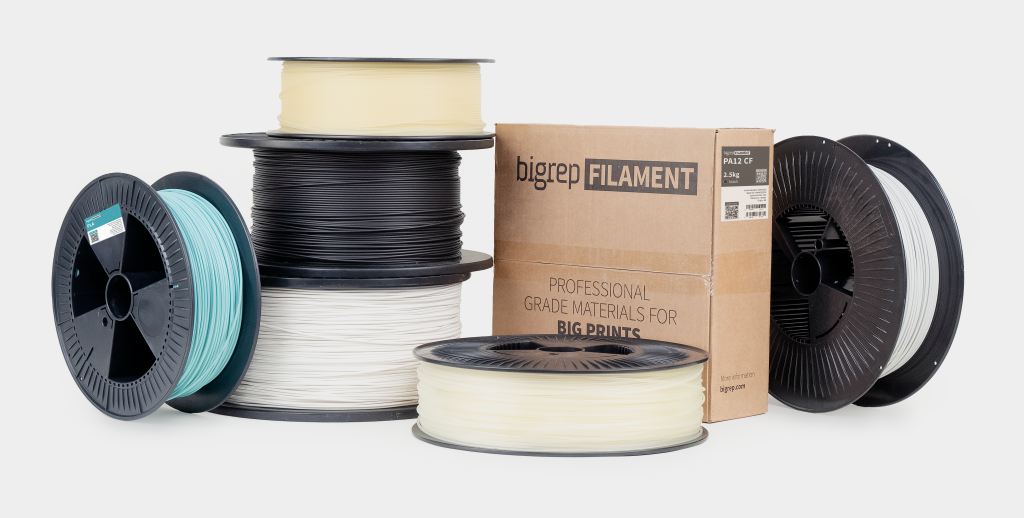Behind every 3D printer stands one crucial component: the material that feeds it. In recent years, 3D printing materials have become a key element in the success of industrial, medical, architectural, and engineering applications. While the technology itself evolves rapidly, without the right material, even the most advanced printer cannot produce high-quality results.
In this article, we’ll explore the fascinating world of 3D printing materials—reviewing material types, their suitability for various applications, their pros and cons, and the critical link between material and machine.
What Are 3D Printing Materials?
3D printing materials are raw substances—whether polymeric, metallic, or ceramic—fed into a 3D printer to create objects through additive manufacturing. Unlike traditional manufacturing methods that remove material (cutting, milling, carving), 3D printing adds material layer by layer until the final structure is complete.
Main Categories of 3D Printing Materials
- Polymers (Plastics)
The most common group in the 3D printing world.
- PLA: Easy to use, biodegradable, ideal for prototypes.
- ABS: Stronger and more flexible, but requires controlled printing conditions.
- PETG: Transparent, water- and heat-resistant.
- Nylon (PA): Durable and flexible, suitable for functional parts.
- Metals
Primarily used in heavy industry, automotive, aerospace, and medical fields.
- Stainless Steel: Corrosion-resistant, ideal for strong parts and molds.
- Titanium: Lightweight and durable; common in implants and aerospace.
- Aluminum: Lightweight, heat-conductive; used in automotive and electronics.
- Resins
Used in light-based printing methods (SLA, DLP), offering high resolution.
- Standard Resin: Suitable for visual models.
- Tough Resin: Pressure-resistant.
- Biocompatible Resin: Safe for medical applications.
- Composite Materials
Contain additives like carbon fiber, glass, wood, or metal within a polymer base.
- PLA with wood fibers: Natural wood-like appearance.
- Nylon with carbon fiber: Extremely high stiffness.
How to Choose the Right Material
Selecting a 3D printing material depends on several parameters:
- Mechanical properties – Do you need strength? Flexibility?
- Temperature resistance – Will it be used in extreme conditions?
- Look & feel – Do you need a smooth finish or natural texture?
- Budget constraints – Material costs can vary widely.
- Printer compatibility – Not every material suits every printer.
Innovations in 3D Printing Materials
The field is rapidly expanding with constant breakthroughs:
- Biodegradable materials – Supporting environmental sustainability.
- Custom metal powders – For enhanced durability and volume.
- UV-curable resins – Speeding up production times.
- Smart materials – That change properties in response to temperature or stress.
Printer-Material Integration: A Key to Success
Not all materials are compatible with all printers. A precise match between the printer and the printing material is essential not only for achieving high quality, but also for ensuring safety and equipment longevity.
At Ballistic Bit, you’ll find carefully curated material-printer compatibility guides for professional printers from Eplus3D, UnionTech, and others.

Conclusion
The success of any 3D printing process depends not just on the technology, but first and foremost on choosing the right material.
3D printing materials form the foundation for innovation, precision, speed, and durability—the four core pillars of advanced industrial manufacturing.
At Ballistic Bit, you’ll not only find top-quality materials, but also expert guidance to help ensure perfect alignment between material and your product.
To schedule a consultation with one of our experts, leave your detailsand we’ll get back to you shortly.


